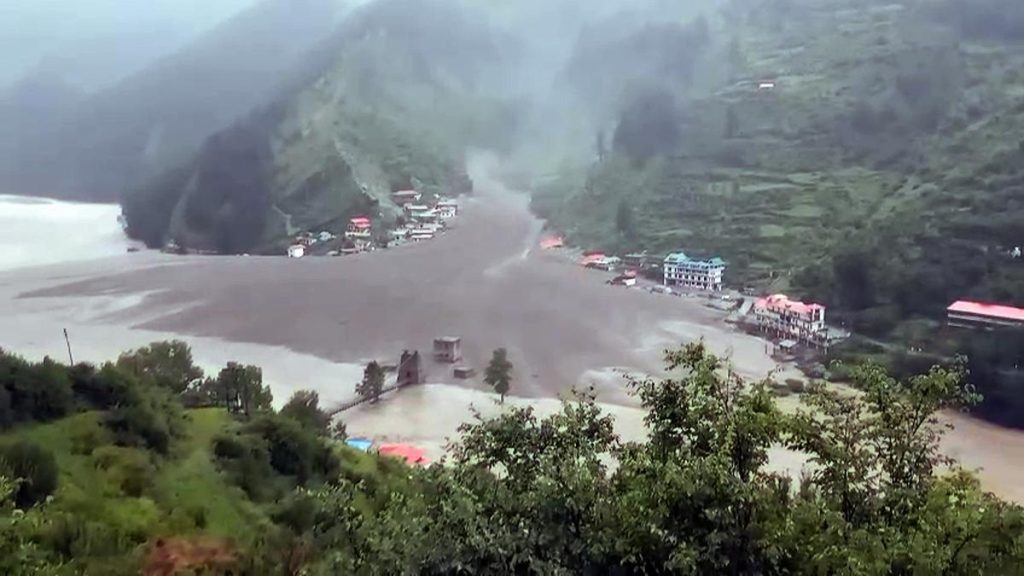Now Reading: NTCA Flags Salary Delays, Staff Shortages in M.M. Hills Tiger Deaths Probe
-
01
NTCA Flags Salary Delays, Staff Shortages in M.M. Hills Tiger Deaths Probe
NTCA Flags Salary Delays, Staff Shortages in M.M. Hills Tiger Deaths Probe
Quick Summary
- Incident: Five tigers were found dead in the M.M. Hills Wildlife Sanctuary on June 26, 2025.
- NTCA Report Findings:
– Delays in salary disbursement too frontline staff and chronic staff shortages flagged as weaknesses.
– inadequate funding and procedural delays identified as systemic issues.
- Salary Delay:
– Annual Plan of Operation (APO) for funds was sanctioned only weeks after submission,delaying salary payments for three months.
– Protests over non-payment occurred on june 23, just days before the fatalities.
- Staffing Issues:
– Chronic staff shortage with vacant posts at over 50%. Only one forest watcher and seven beat foresters cover a vast sensitive area of nearly 148 sq. km in Hoogyam range where deaths occurred.
- Activist Response:
– Conservationists criticized delays and deemed them avoidable. They highlighted low pay (₹10,000-₹15,000/month) and suspended officials questioned their accountability due to lack of control over payments hierarchy.
- NTCA Advice: calls for upgrading M.M. Hills Wildlife Sanctuary into a tiger reserve for enhanced protection.
indian Opinion Analysis
The NTCA’s findings highlight systemic flaws plaguing forest conservation efforts-ranging from inadequate staffing to delayed salary payments-issues that directly impact morale among frontline workers tasked with protecting sensitive wildlife habitats under perilous conditions. The combination of financial instability and operational inefficiencies undermines forest safety mechanisms that are vital not only for wildlife preservation but also against threats like poaching.
The substantial vacancy rate suggests an urgent need to bolster recruitment efforts while streamlining bureaucratic processes such as fund allocation timelines to prioritize field requirements promptly. Moreover, establishing M.M. Hills Wildlife Sanctuary as a tiger reserve could attract better resources thru federal support programs; though, such initiatives should be paired with robust administrative reforms aimed at resolving systemic gaps consistently affecting India’s forest management framework.

























